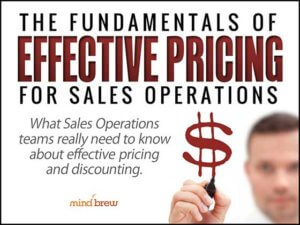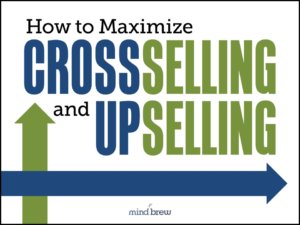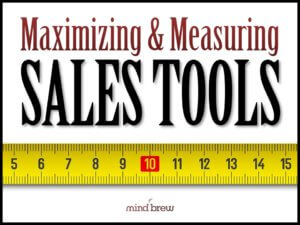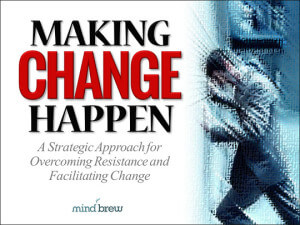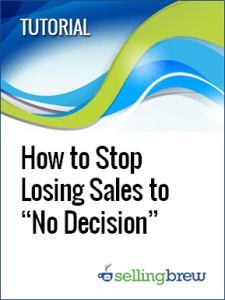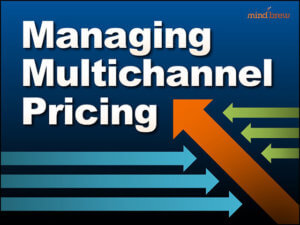Recently, a friend of ours was getting a fix for his caffeine addiction at a very large international coffee chain. While he was there, he noticed one of the baristas was taking out the recycling.
It caught his attention because the top of the bin had two holes: one labeled “paper” and one labeled “plastic.” But, unbeknownst to most customers, both holes led to the same bin. And when the barista was changing the bag, my friend could clearly see that the paper and plastic weren’t separated at all. He started to wonder if the shop was even recycling.
Slightly irked, my friend asked the barista about the seeming contradiction. She explained that she had the same questions when she first started working there. But it turns out, the two holes in the lid aren’t meant to trick people at all. The paper and plastic does get separated at the recycling plant. The two holes are just there to let people know what they should put in the bin. If bins have one big slot labeled “paper and plastic,” people tend to mistake it for a trash can. Because we’ve all been conditioned to associate sorting our trash with recycling, people who see the two holes understand right away that this bin is for recycling and not regular trash.
When we heard this story, it reminded us of how Sales Ops can help guide customers to make good purchasing decisions.
What does that mean?
- One effective strategy is to use pricing and bundling to guide customer decisions. You might have good/better/best options with prices that reflect quality. You might bundle products together. You might have volume schedules that provide a discount for large orders. You might have surcharges or rush fees. Done correctly, presenting customers with these choices can help them select the best options that also maximizes margin and transaction value.
- Upselling and cross-selling are other powerful strategies. By encouraging customers to upgrade to a superior product (upselling) or suggesting related products that complement their purchase (cross-selling), we can steer their decisions in a way that works out well for us and them.
- Another essential strategy is the use of educational sales content. Providing customers with useful, informative content can guide their decision-making process. This could be in the form of webinars, whitepapers, blog posts, or how-to guides, which can help them make more informed decisions and position our offerings more favorably.
The best sales teams use these strategies, coupled with testing, to see how different approaches affect customer behavior and fine-tune their sales operations. Just like the two holes in the recycling bin were likely tested and found effective, we too should be testing and optimizing our strategies.
Ultimately, it didn’t matter where customers in that coffee shop put their recycling, but the labels helped them make good choices about not mixing in trash. Similarly, in sales operations, the strategies that you use can help guide your customers to make the purchasing decisions that you want them to make. We might not control the final decision, but we can certainly guide the choices.

